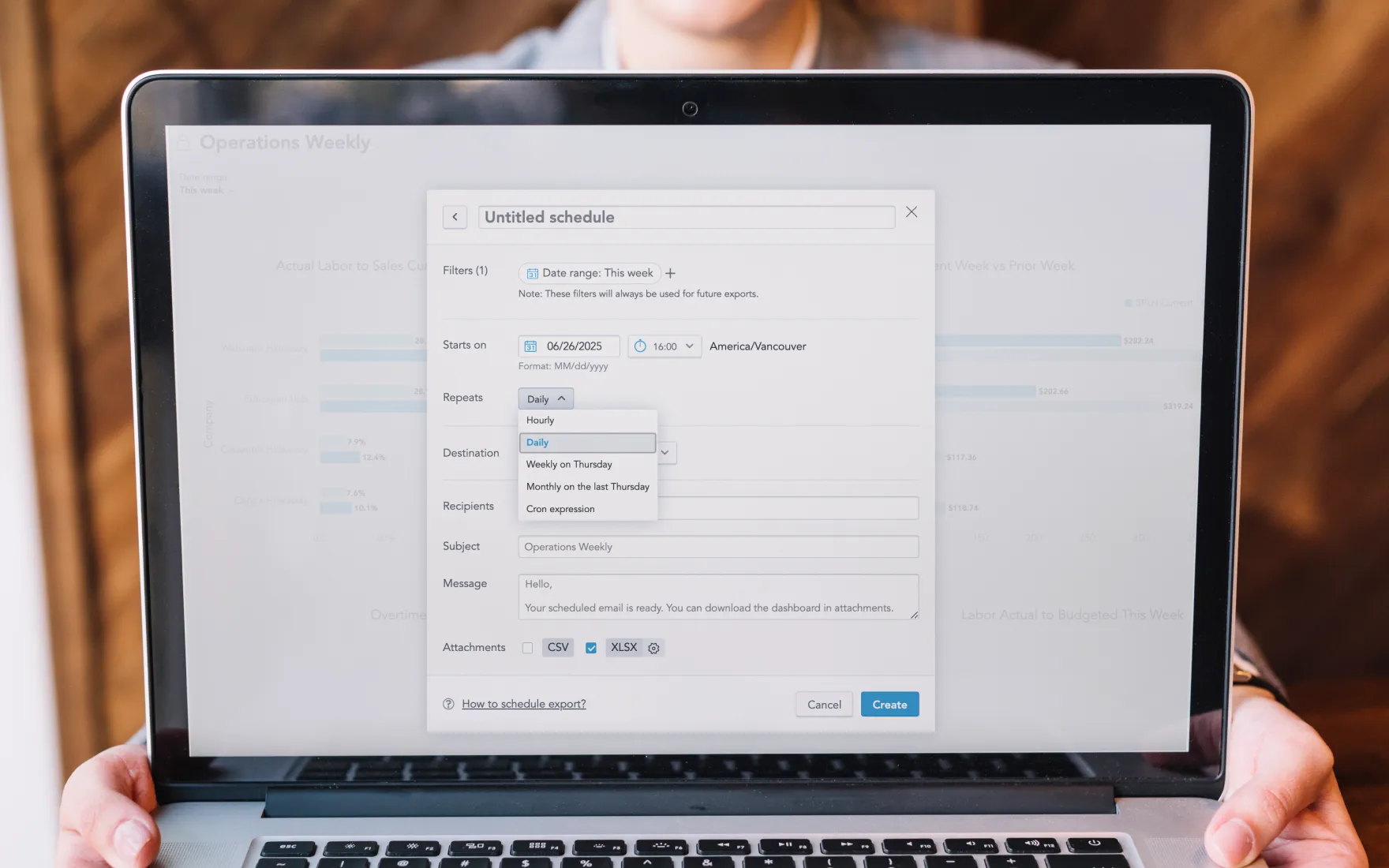5 Easy Ways to Reduce Restaurant Costs

According to a survey conducted by the National Restaurant Association, food and labor are the two most significant costs for a restaurant, eating away at roughly 65 - 70% of every dollar in revenue. Utilities, rent (if leasing the location; mortgage, if purchasing), supplies, legal fees, administrative costs, and maintenance all combine to take away another 25 - 30%.
This leaves a profit margin of only ~2 - 5% for most restaurants. Not exactly a pretty picture.
Inflation, unfortunately, has made things even worse. The US Department of Agriculture has recorded that food prices are up 10.1% since May 2021. Since food costs already take up 30% of operating costs for a restaurant, a 10% increase in food prices could mean a ~3% loss in profit margins.
Between inflation, COVID-19, and high turnover, restaurant owners are struggling right now. This article presents 5 easy ways to reduce restaurant costs, so that you can improve profit margins without significantly increasing menu prices.
1. Reduce Food Waste
By far, the most important thing you can do to cut back on restaurant costs is to reduce food waste.
According to research conducted by the Natural Resources Defense Council, roughly 4 - 10% of restaurant food is wasted before reaching the consumer. For many restaurants, eliminating or reducing food waste could completely offset the rising cost of ingredients.
Here are some systems that you can use to reduce food waste and reclaim some of those profits:
- Use a first-in, first-out (FIFO) inventory system: Arrange your inventory in a way that the oldest items are used first. Some restaurants arrange ingredients on different shelves or in different refrigerators to easily keep track of what foods are about to expire.
- Reduce portion sizes: If customers aren’t finishing certain meals, there may be an opportunity to reduce the amount of food used to make that meal. Portion sizes have substantially increased in size from the 1980s, according to the CDC. You definitely don’t want to leave your customers hungry, but small decreases in portion sizes could help your bottom line.
- Analyze food waste: If you don’t track it, you can’t manage it. Without knowing what foods are generating the most waste, there’s no clear way to cut back. Context matters, and your restaurant may have more – or less – waste than you think. A good start is to keep a close eye on where you’re generating the most waste.

2. Optimize Your Menu
By offering a narrower variety of foods, you can significantly save on upfront costs. Additionally, focusing on a smaller number of dishes reduces the time it takes to prepare and serve meals, which can increase the speed of service, enhance the quality of those meals, and improve the overall customer experience. And, it has the added benefit of making it easier to track waste, like we mentioned above.
However, customers still tend to enjoy variety. Offering daily specials based on quality ingredients that you found at a discount can help preserve some of that novelty. Seasonal dishes can also keep customers from getting bored with your offerings, while lowering food costs. Additionally, rotating certain meals can go a long way to reducing inventory.
3. Reduce Your Total Number of Vendors and Order in Bulk
This is a two-for-one strategy that’s related to optimizing your menu: if you can narrow down your menu to focus on the dishes that bring in the most profits, you can also cut back on your total number of vendors and save on delivery costs – while potentially opening up the door to bulk discounts. When you order larger quantities, vendors are often more willing to offer better pricing since they can count on a consistent order volume from your business.
Additionally, with fewer vendors, you’ll have fewer invoices. That can save you time and energy come tax season, not to mention administrative fees.
Overall, this strategy can help you optimize your menu, save money on food costs, and streamline your operations, which can ultimately improve your bottom line.

4. Consolidate Your HR, Payroll, and Scheduling Systems Into One
Systems are great to streamline your business, but too many systems can be counter-intuitive. With information scattered across various platforms and databases, data can be lost and administrative tasks may be duplicated. And extra work means extra costs.
If you’re using different systems to track scheduling, manage payroll, and help with the onboarding process, Push can help you consolidate all of those systems into one. Whenever possible, reducing recurring costs is a major win for the bottom line.
Push is one of the most popular platforms for restaurant owners and managers. With it, you can streamline HR operations, receive labor vs sales reports, reduce administrative workload, and improve the efficiency and effectiveness of virtually every process in your restaurant:
- Implementing an effective scheduling system can help you reduce overtime.
- Offering proper training can reduce turnover.
- Having everything in one place can save time.
- Labor vs sales reports provide forecasting that ensures you are not over or understaffing your team

5. Implement Energy-Saving Measures
As we mentioned above, utilities can make up roughly 10% of a restaurant’s total operating costs. Make sure to use energy-efficient lighting, appliances, and HVAC systems to reduce utility costs, and conduct regular maintenance to ensure the efficiency and longevity of your long-lived appliances.
Depending on your location, you may be eligible for tax incentives for adopting energy-efficient measures. This can help offset the costs of upgrading your equipment, while reducing your tax bill.
Conclusion: 5 Easy Ways to Reduce Restaurant Costs
Food costs make up roughly 30 - 35% of a restaurant’s budget. Since May 2021, inflation has driven food costs up by roughly 10% – an unavoidable expense for all restaurants.
However, most restaurants also waste up to 4 - 10% of their ingredients before the food ever reaches the customer’s plate. For many restaurants, this is a factor that’s entirely within your control. For those on the higher end of the range, it can completely offset the inflation that’s occurred over the past two years.
Other strategies to reduce costs include optimizing your menu, reducing your total number of vendors (and negotiating bulk purchases with the few vendors that you deal with), implementing an HR management system like Push, and switching to energy-saving appliances.
These tips can help you substantially reduce restaurant costs without raising prices and potentially losing customers. If you follow them, you can better weather these tough economic times.



